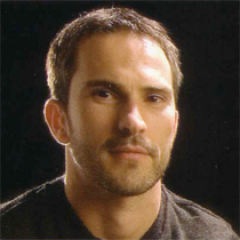
Abstract: Integrated photonic devices have traditionally been designed for data communications using exclusively solid-state materials. However, a vast area of potential applications, in particular in the life sciences, involve interactions of light with liquids and gases. Recently, a number of optofluidic approaches have been considered that are aimed at integrating such non-solid media with chip-scale photonic structures. We have developed a versatile, planar photonic platform based on hollow-core optical waveguides (ARROWs). I will describe the physical foundations and optical characteristics of ARROWs and a broad range of devices and capabilities that are made possible by this approach, in particular optical analysis of single biomolecules. One example is the fluorescence analysis of single nucleic acids for amplification-free detection of Ebola infection as a new paradigm for molecular diagnostics. I will also describe the implementation of optofluidic wavelength division multiplexing in multi-mode waveguides for identification of single influenza viruses. The expansion of optofluidic capabilities through hybrid integration via nanopore-based electrical detection and integrated sample processing will be discussed. Finally, I will introduce a new, highly reconfigurable photonic platform based on lightvalves that enable independent, dynamic control of fluid and light flow on a chip.
Biography: Holger Schmidt received the Ph.D. degree in electrical and computer engineering from the University of California Santa Barbara. He served as a Postdoctoral Fellow at M.I.T. He is currently the Narinder Kapany Chair of Optoelectronics and Professor of Electrical Engineering at UC Santa Cruz. He also serves as the Associate Dean for Research in the Baskin School of Engineering and the Director of the W.M. Keck Center for Nanoscale Optofluidics. His research interests cover a broad range in photonics and integrated optics, including optofluidic devices, atom photonics, nano-magneto-optics, spintronic devices, and ultrafast optics. He has authored more than 380 publications, several book chapters, and co-edited the CRC Handbook of Optofluidics. He is a Fellow of the OSA and IEEE and received an NSF Career Award and a Keck Futures Nanotechnology Award.